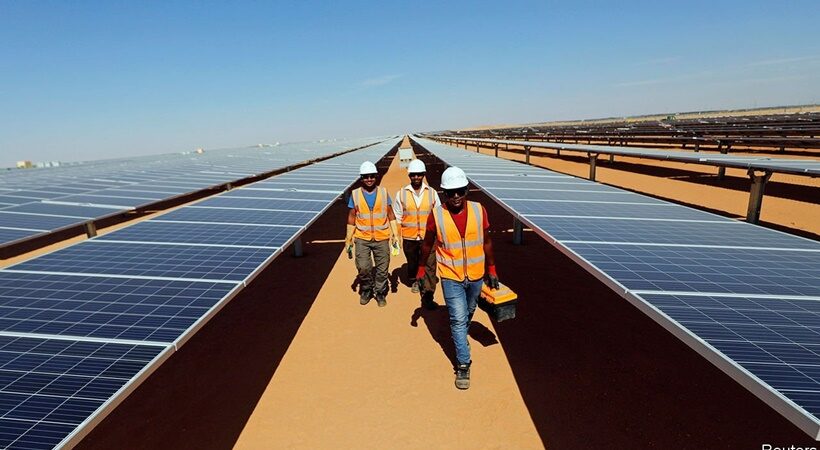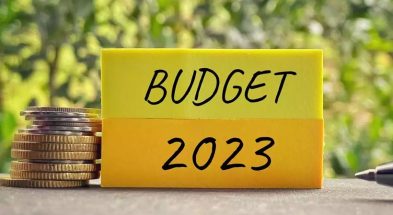Sun rays with an abundant source of energy, can easily energize our day-to-day lives with minimal damage to our planet compared to fossil fuels. Invented by French scientist Edmond Becquerel in the 1830s, solar power happens to be a rapidly evolving source of electricity in the present times. It functions with rays of sunlight reaching the planet earth in less than 10 minutes, prior to getting into the electron-powered solar panels to trigger energy called the photovoltaic, or PV effect.
The Renewable Energy Scenario In The Middle East
There is a lot of scope for solar power in the Middle East as certain countries in the region experience huge problems nationally concerning electricity, specifically the ones where the government-controlled electricity grid doesn’t work properly or fuel has to be sourced from outside of the country. Despite the same, it is still a mystery why the region that has a lot more “sunny days” compared to Europe cannot produce enough solar power for their own needs.
To hammer home the point, close to 810 kilowatt hours of solar power was generated for each person in the European Union in 2020 but in Morocco and Saudi Arabia, two of the West Asian pioneers in solar energy, could only manage 106 and 74 kilowatt hours respectively per person the same year. The gap is too much for anyone to ignore between two diverse regions.
Why The Efforts To Tap Into Renewable Energy System Are Weak?
The Oil-rich countries in the region like Saudi Arabia etc have enough oil to generate electricity for their public in general. So, they are quite content with the present model for generating power with regard to their respective needs. In other countries, like Iraq, Lebanon etc, where electricity demand is huge and there are frequent power cuts, the realization has dawned about the potential of harnessing solar power for the benefit of their citizens. But due to the political turmoils in the countries financially they have been crippled to develop enough solar power for themselves.
However, some countries like Yemen, Jordan, Egypt etc have been successful of late in generating solar power for their own consumption. In Yemen, for example, half of its populace uses decentralised solar power. Even UAE is also doing very well on this front as in 2020 the country generated 1,385 kilowatts of power per capita, thus emerging as one of the world’s biggest solar power generators. So, even in the Middle East region, the thought process of individuals involved is constantly deviating from fossil fuels to solar energy for power generation and the countries are investing big in renewable energy sources.
Russia-Ukraine Conflict Has Made It Tough For Middle East Though
As the West Asian countries were gradually gravitating towards solar energy for their needs, the Russia-Ukraine war has compounded problems for them. Experts believe that the war can trigger problems with regard to logistics and supplies needed to initiate projects in the Gulf. Russia and Ukraine have a kind of monopoly over tools and commodities significant for renewable energy mechanisms. This can be very challenging for the Gulf region, which has finally warmed up to solar power.
Is It A Hopeless Scenario?
However, not all is lost as the current tension between Moscow and Kyiv might encourage more investments in the renewable energy domain. Also, with everyone wanting to minimize dependence on oil and gas from Russia, the demand for alternatives in the Middle East would go up. This would also prompt the Middle East to use fewer hydrocarbons so that it can export more of the same and speed up investment in renewable energy projects for the sake of its benefit. However, for the region to produce a substantial amount of solar power it will take some time. So, rapid development is almost ruled out in the matter of renewable energy systems. Nevertheless, an effort, that too in the right direction, has been made.



















